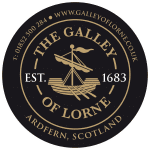
Real Ales
We spent many a fine hour in the wee bar (the oldest part of the building) playing darts, pool and generally having a great time talking to the staff, locals and others staying in the area. It was such a friendly place you never really wanted to leave! JaiOm (TripAdvisor)
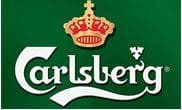
Carlsberg
In late 2012 Carlsberg became our real ale supplier allowing us to source ales from all over the UK. They also invested in the Galley by supplying our four cask ale pumps and equipment. Having in the past offered more of the bigger British brands, we have now consciously moved towards supporting smaller breweries from all around the UK and by having Carlsberg as our supplier this allows us to not only take advantage of their UK wide distribution, but is an ideal way to introduce both us and our customers to the seasonal ales offered by the larger and smaller breweries.
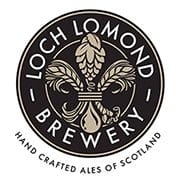
Scottish Ales
Whilst it is possible to source from time to time Scottish ales (i.e. Wilderness by the Loch Ness Brewery) via our principle supplier Carlsberg, in the peak seasons we try our best to compliment our usual ales with a few Scottish ones to. Our preferred choice of supplier is Loch Lomond Brewery based in Alexandria who have really made a name for themselves on the Scottish real ale map. From the Bonnie 'n' Blonde to the West Highland Way to the Ale of Leven, these ales can rival any of the major ale suppliers in the UK. From time to time we have also sourced from the Thorn Dhu Brewery in nearby Lochgair, Fyne Ales based in Achadunan, Cairndow, Sinclair Brewery based in the Orkney Isles, Atlas Brewery based in Kinlochleven and Arran Brewery based of course on the Isle of Arran.
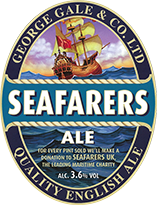
Seafarers Ale
We have one permanent ale at The Galley, that being Seafarers Ale by George Gales & Co. Ltd. Whilst not a Scottish ale, this choice was literally a 'no-brainer' as Ardfern and it's marina are at the heart of seafaring along the west coast of Scotland. This ale is extremely popular not just with the yachting fraternity, but with our locals too, and at 3.6% ABV, was an excellent choice as a session ale. A light, amber ale with a refreshing taste, made with a blend of English malt, Admiral hops and gales yeast. Fruity malt flavours and gentle bitterness sail through to a hoppy finish.
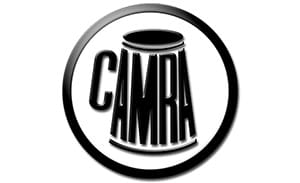
CAMRA
CAMRA, the Campaign for Real Ale is an independent, voluntary organisation campaigning for real ale, community pubs and consumer rights. CAMRA was formed in March 1971 by four men from the north-west who were disillusioned by the domination of the UK beer market by a handful of companies pushing products of low flavour and overall quality onto the consumer.
In the present day, CAMRA has over 165,000 members across the world, and has been described as the most successful consumer campaign in Europe. CAMRA supports well-run pubs as the centres of community life - whether in rural or urban areas - and believe their continued existence play a critical social role in UK culture. CAMRA also supports the pub as the one place in which to consume real ale (also known as cask-conditioned beer, or cask ale) and to try one of over 5,500 different styles now produced across the UK.
The Galley of Lorne Inn is proud to be in the 2014 edition of CAMRA's Good Beer Guide.
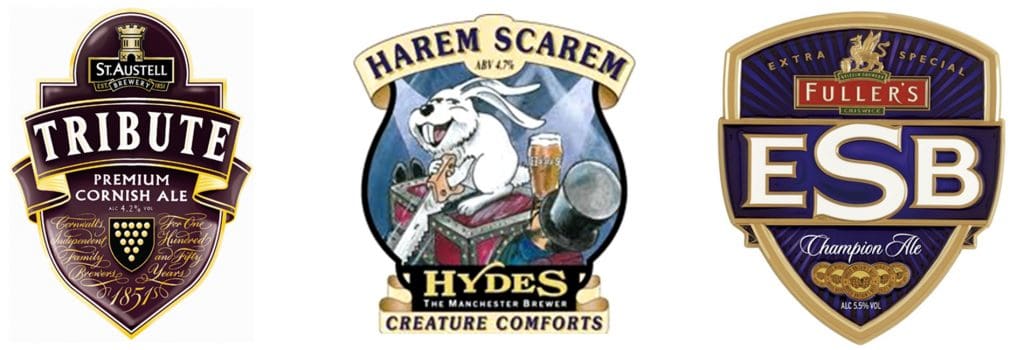
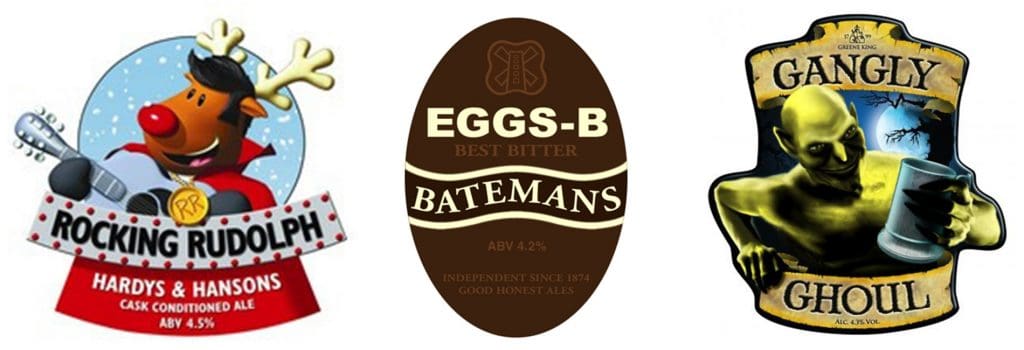
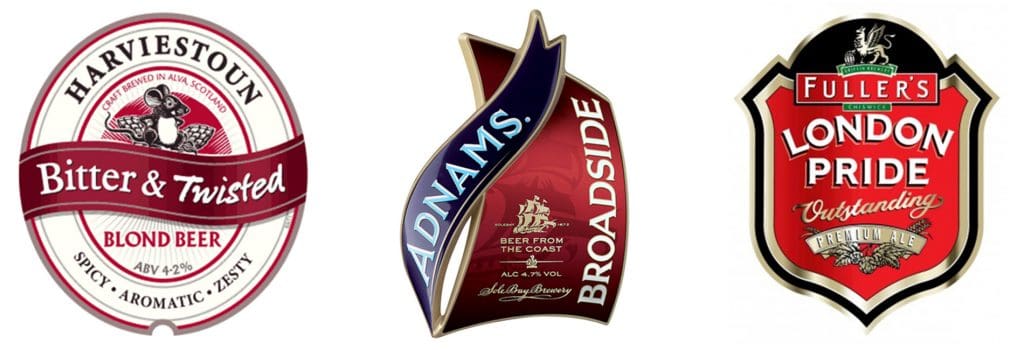
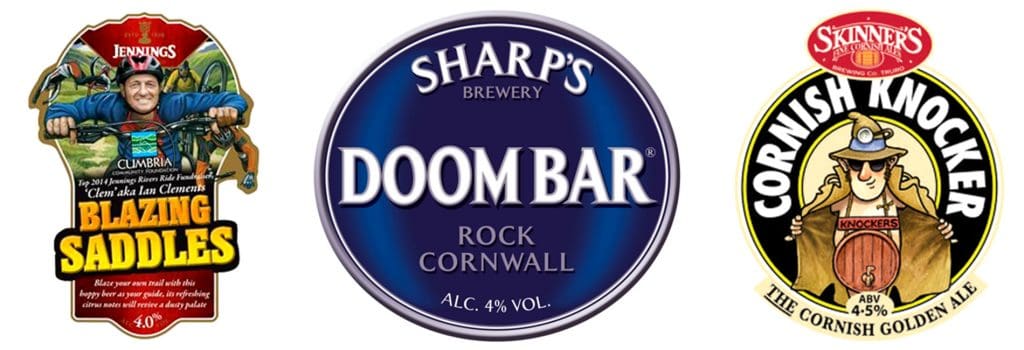
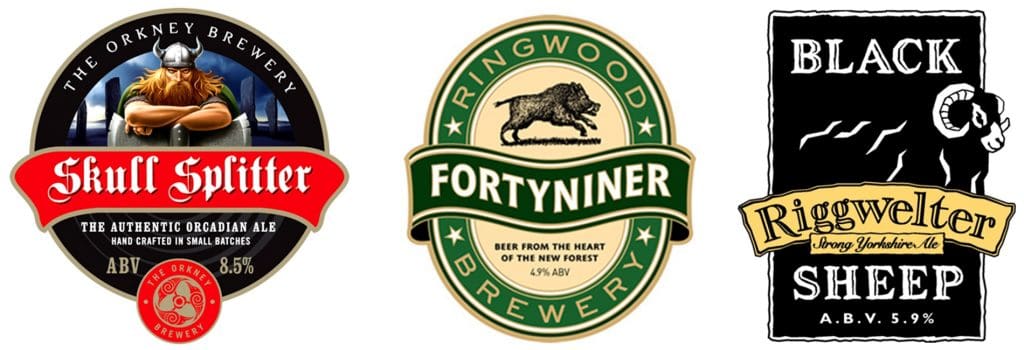
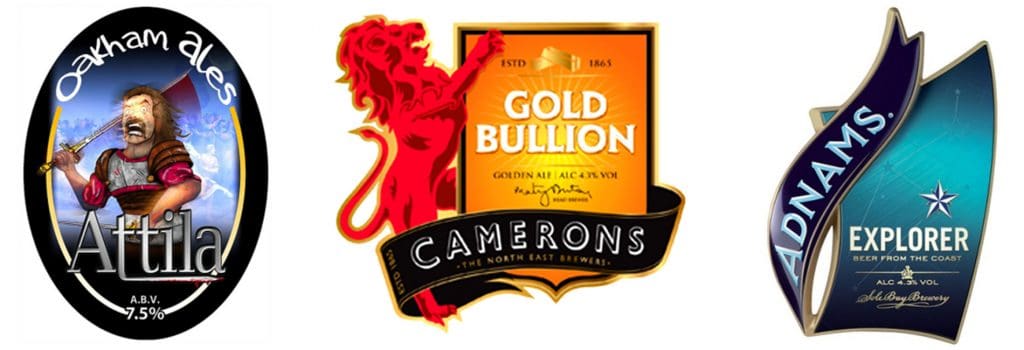
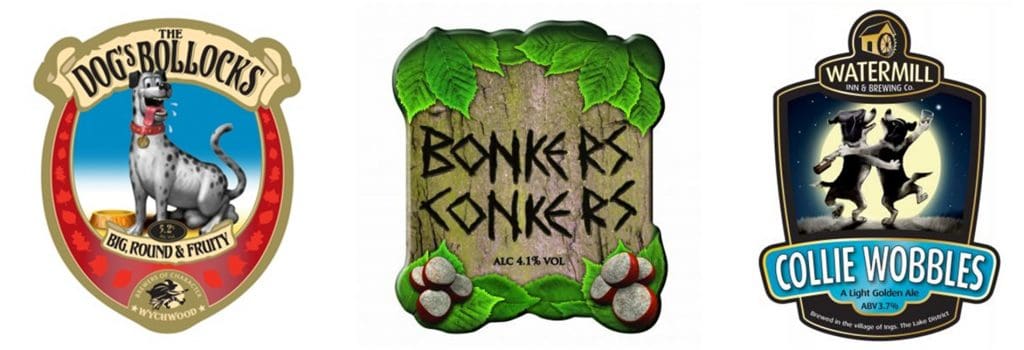
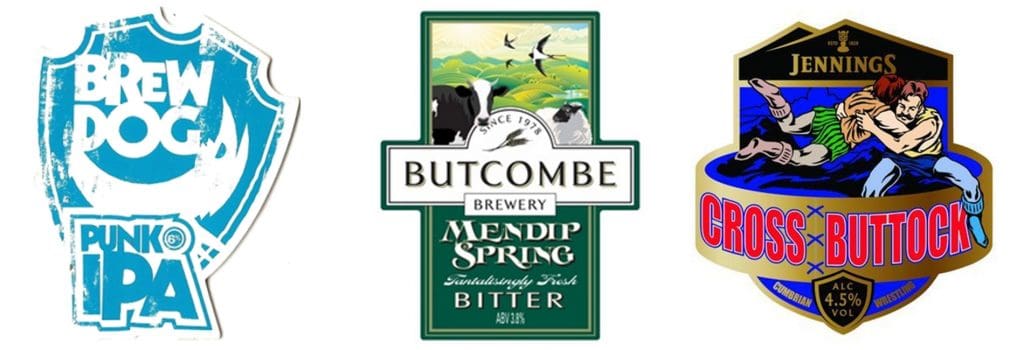
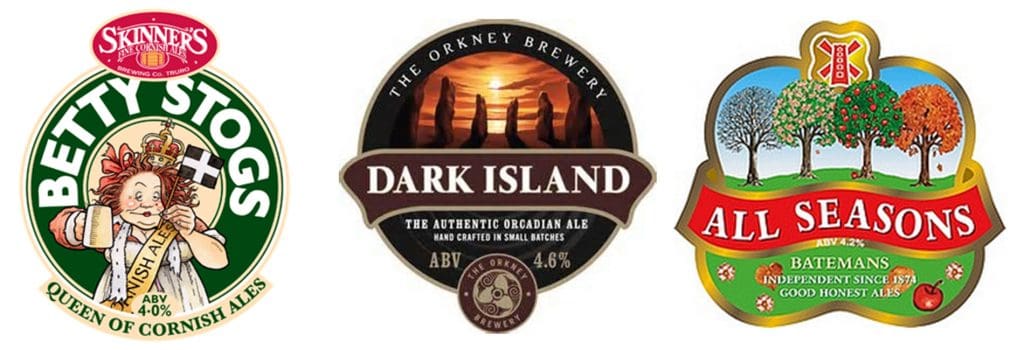
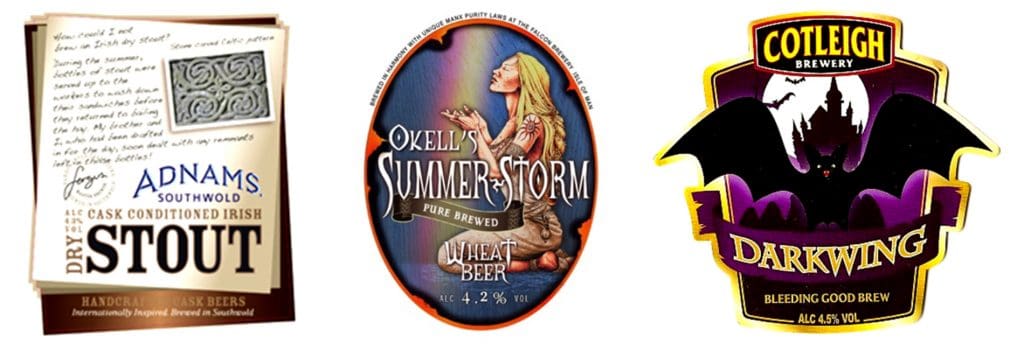
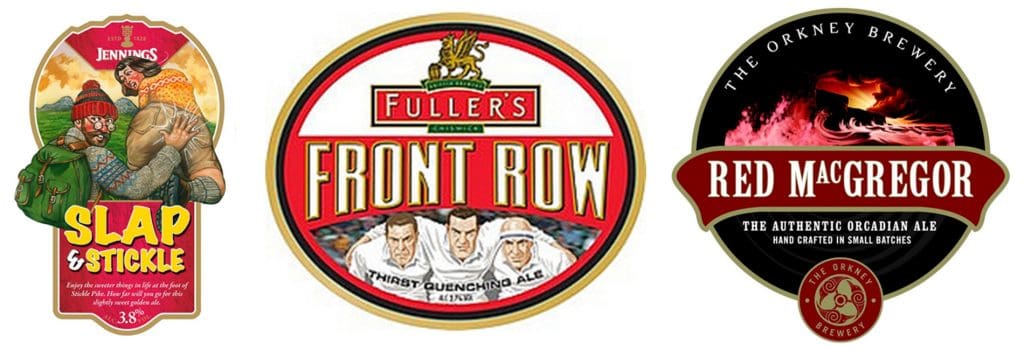
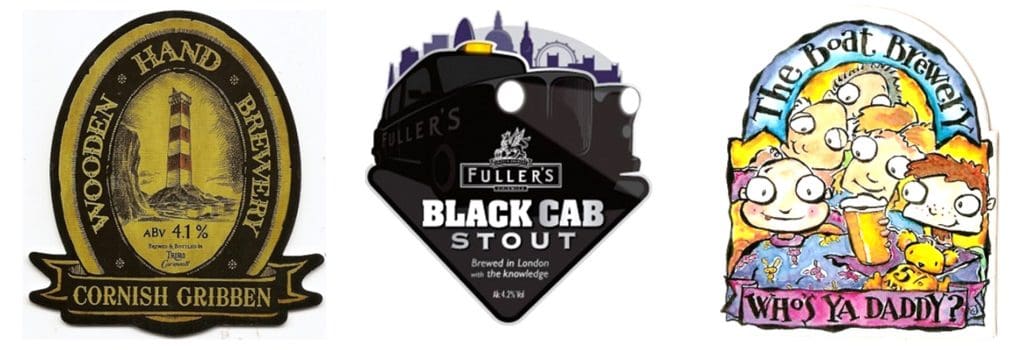
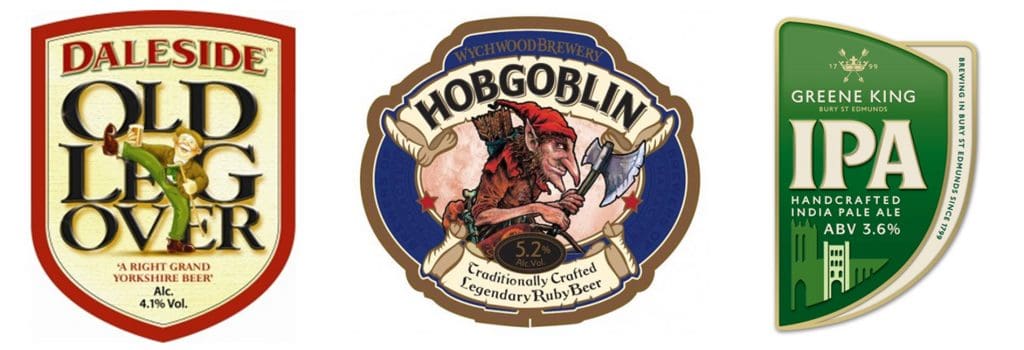
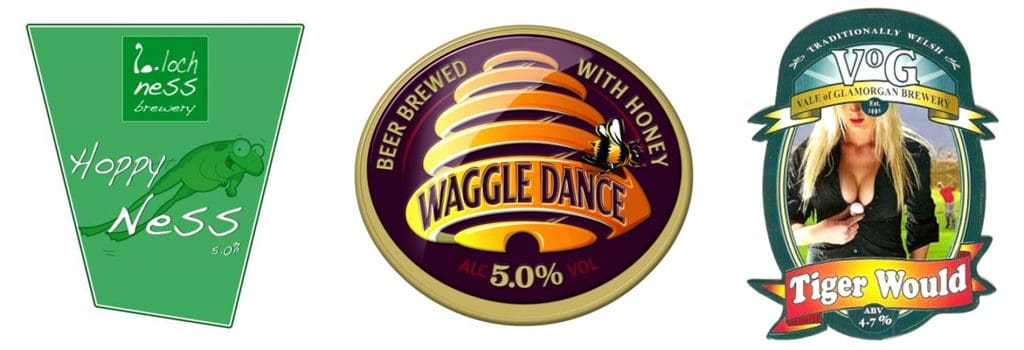
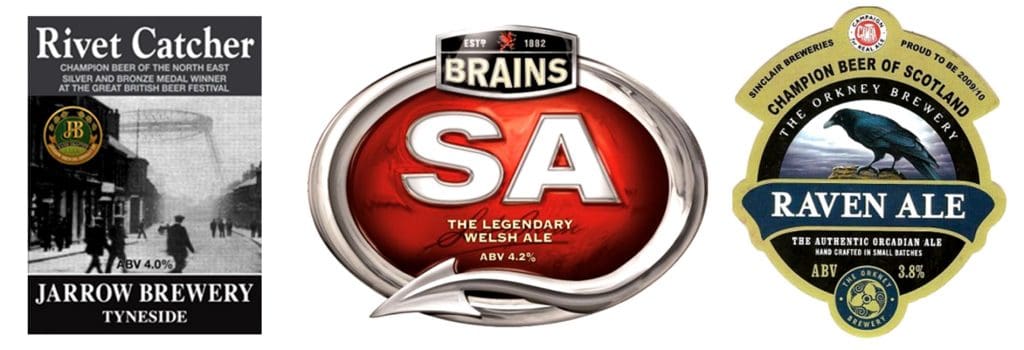
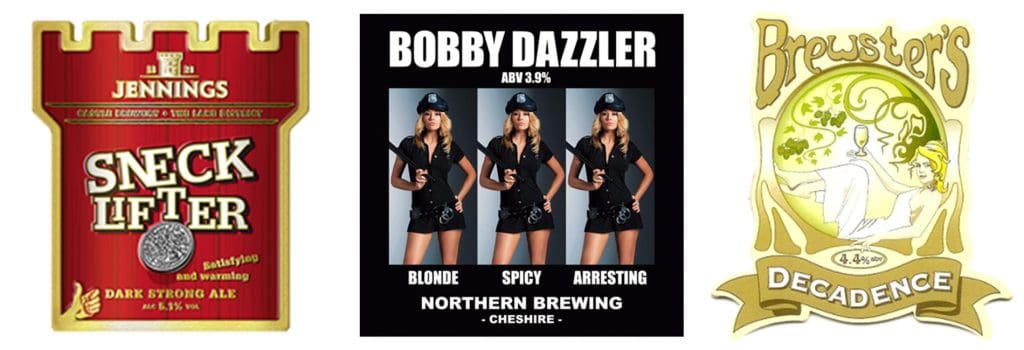
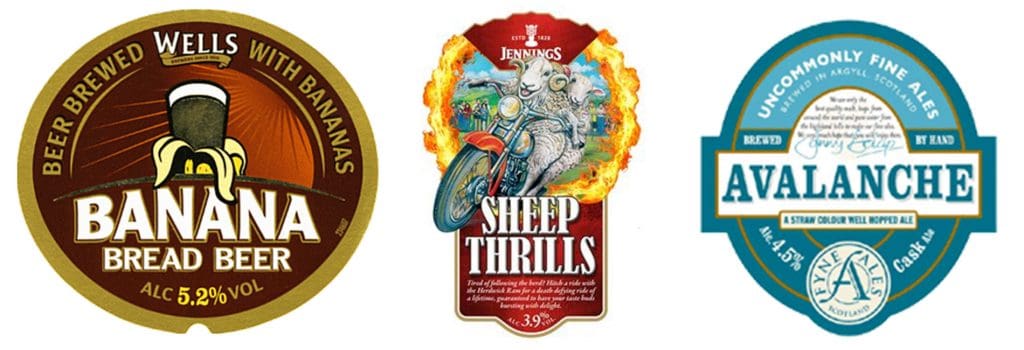
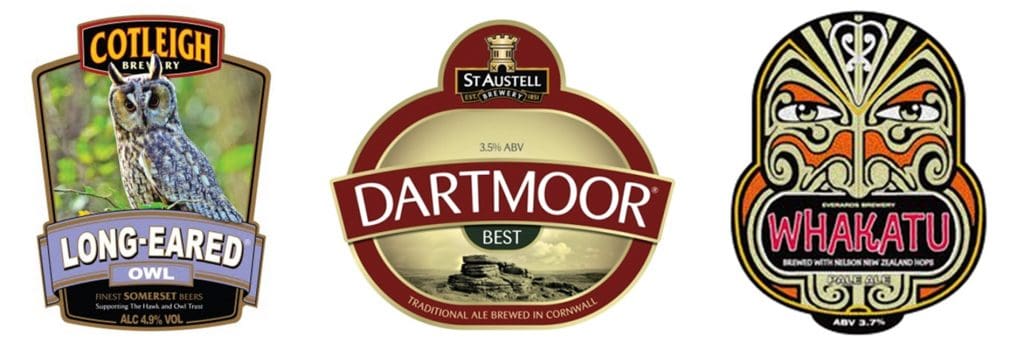
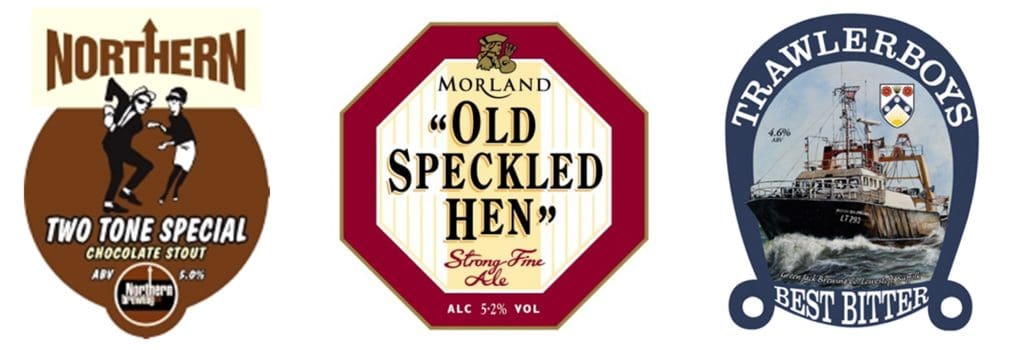
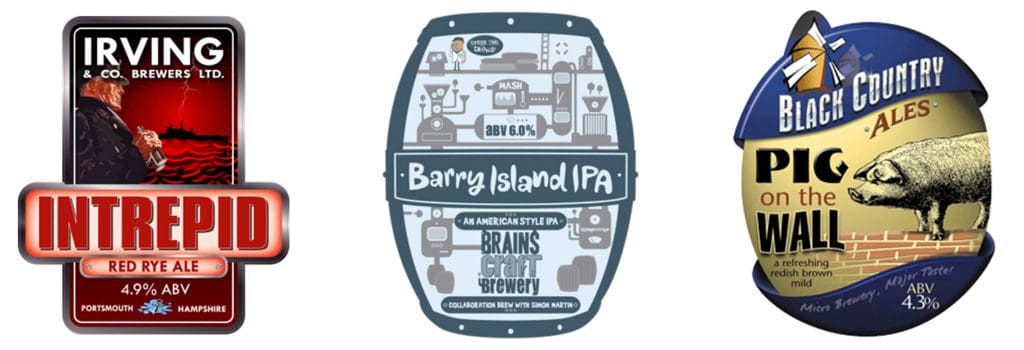
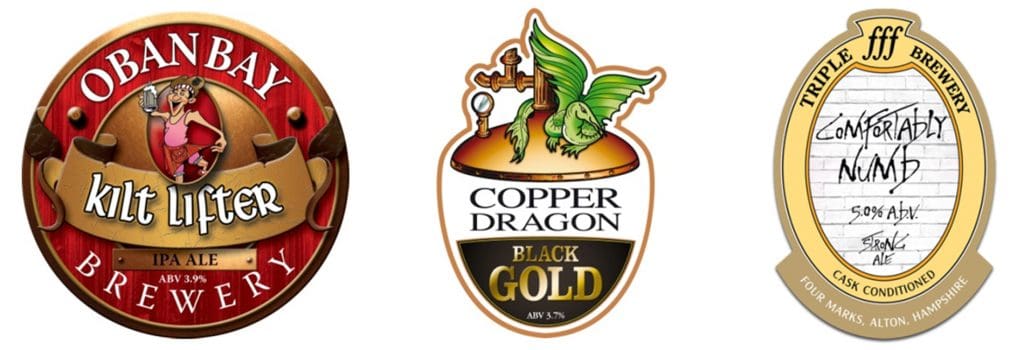
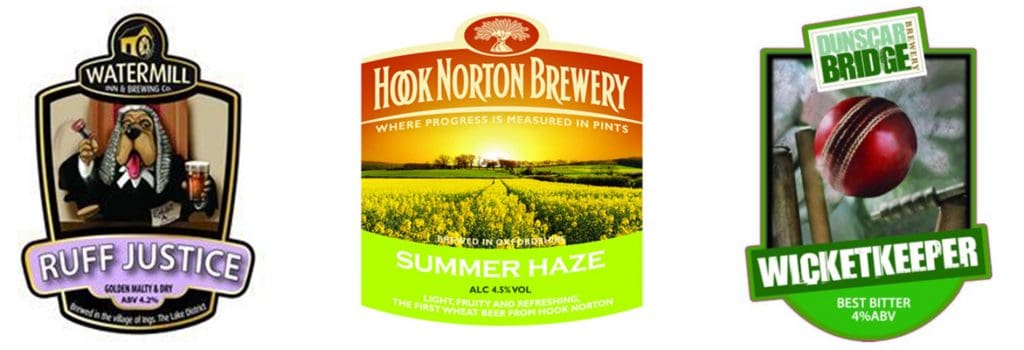
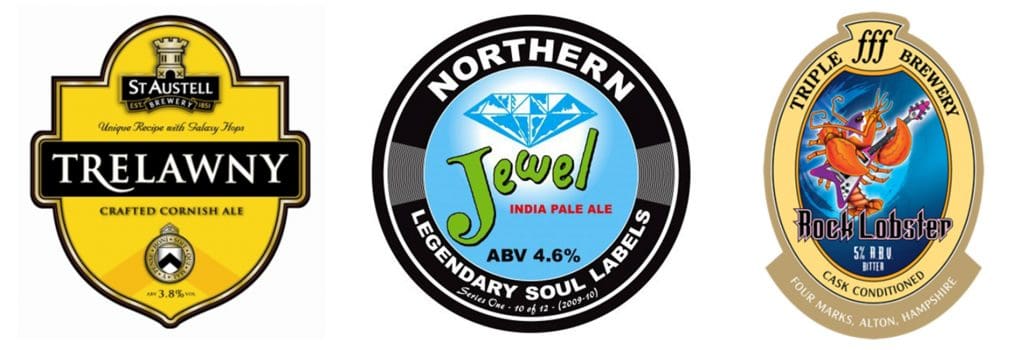
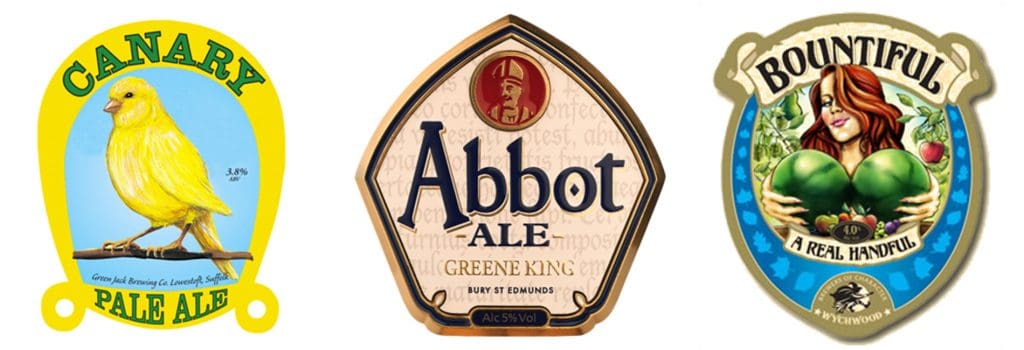
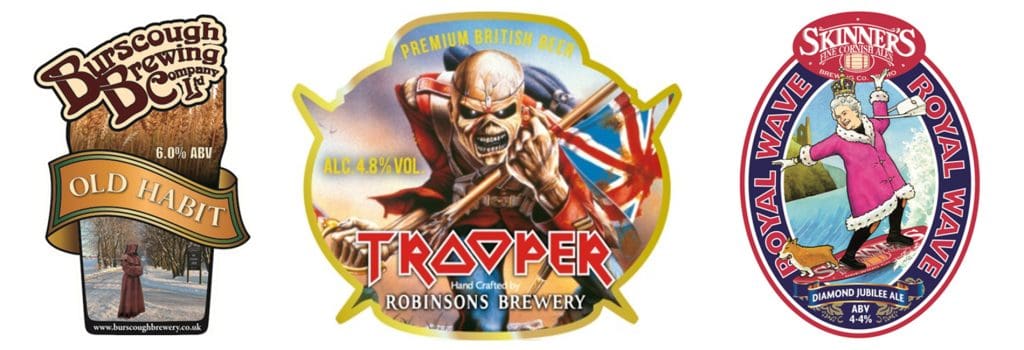
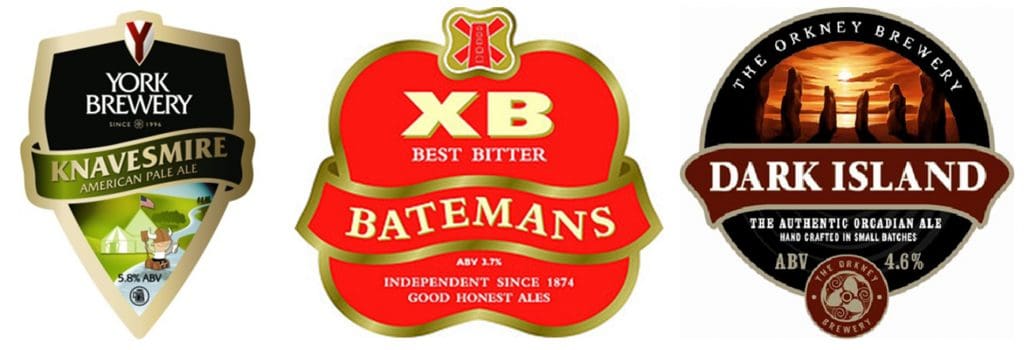
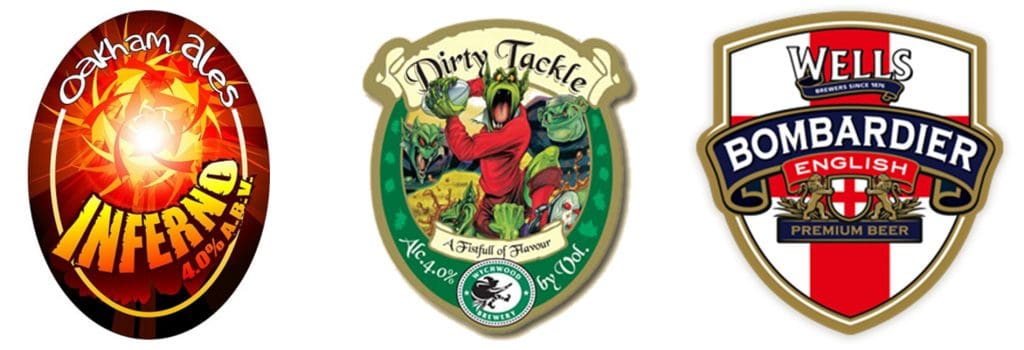
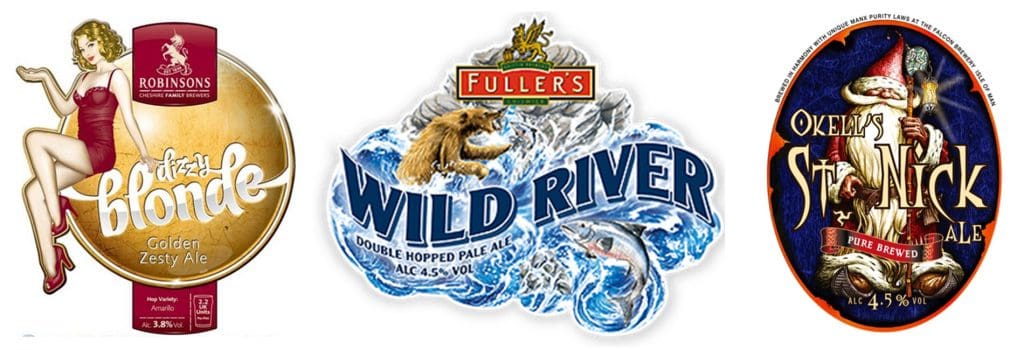
Since taking over The Galley of Lorne Inn, the owner Andrew Stanton has passionately promoted real ale in his establishment. A fair estimate is that since arriving in late 2006 we have had over 750 different ales on our taps.
An unprecedented growth in the number of Cask Ale brands and breweries, a renewed interest and fascination amongst the British public about all things beer, and the quality of cask ale being better than ever before has lifted this category from being niche to mainstream.
Since 2004, cask sales have risen year on year and the number of people drinking it has increased. In the past few years there has been a noticeable increase of female drinkers too. The UK now drinks 634 million pints of cask ale every year which amounts to 1 in 6 pints sold.
What is real ale?
In the early 1970s CAMRA coined the term ‘real ale’ to make it easy for people to differentiate between the bland processed beers being pushed by the big brewers and the traditional beers whose very existence was under threat.
Many pubs and brewers use the term to describe their beers, but, just to keep you confused, they are also called cask beers, cask-conditioned ales or even real beer! In the pub the huge majority of real ales are served using traditional hand-pulls, rather than through modern fonts, but there are some exceptions to this, so if in any doubt, just ask. Real ales may also be served direct from the cask, often called gravity dispense.
What makes real ale ‘real’?
Real ale is a natural product brewed using traditional ingredients and left to mature in the cask (container) from which it is served in the pub through a process called secondary fermentation. It is this process which makes real ale unique amongst beers and develops the wonderful tastes and aromas which processed beers can never provide.
What’s the difference between ‘ale’ and other beers?
There are a huge range of different beer styles, each with different qualities, tastes and strengths, but each falls into one of two main categories; ale or lager. The key difference between ales and lagers is the type of fermentation.
Fermentation is the process which turns the fermentable sugars in the malt into alcohol and carbon dioxide. Lagers are made using bottom-fermenting yeast which sinks to the bottom of the fermenting vessel and fermentation takes place at a relatively low temperature. Authentic lagers then undergo a long period of cooled conditioning in special tanks.
Ales, which include bitters, milds, stouts, porters, barley wines, golden ales and old ales, use topfermenting yeast. The yeast forms a thick head on the top of the fermenting vessel and the process is shorter, more vigorous and carried out at higher temperatures than lager. This is the traditional method of brewing British beer.
Why isn’t all beer real?
Real ale is a natural, living product. By its nature this means it has a limited shelf life and needs to be looked after with care in the pub cellar and kept at a certain temperature to enable it to mature and bring out its full flavours for the drinker to enjoy.
Brewery-conditioned, or keg, beer has a longer shelf life as it is not a living product. Basically, after the beer has finished fermentation in the brewery and has been conditioned, it is chilled and filtered to remove all the yeast and then it is pasteurised to make it sterile. This is then put in a sealed container, called a keg, ready to be sent to the pub.
The problem is that removing the yeast and ‘killing off’ the product through pasteurisation also removes a great deal of the taste and aroma associated with real ale. Because there is no secondary fermentation occurring in the container (i.e keg) in which is held, there is no natural carbonation of the beer so gas either carbon dioxide or a mixture of carbon dioxide and nitrogen has to be added to “fizz up” the beer. This creates an unnaturally fizzy beer rather than the gentle carbonation produced by the slow secondary fermentation in a cask of real ale.
What is beer?
All beer is brewed from malted barley, hops, yeast and water, although other ingredients such as fruit, wheat and spices are sometimes used. The yeast turns sugars in the malt into alcohol and the hops provide the bitter flavours in beer and the flowery aroma.
The flavour of the beer depends on many things, including the types of malt and hops used, other ingredients and the yeast variety. Getting the yeast right is essential as each variety has its own distinctive effect on the beer.
Our cask conditioned real ales are enjoyed by both tourists, yachties, locals and Andrew alike. Be sure to try one next time you’re around.


